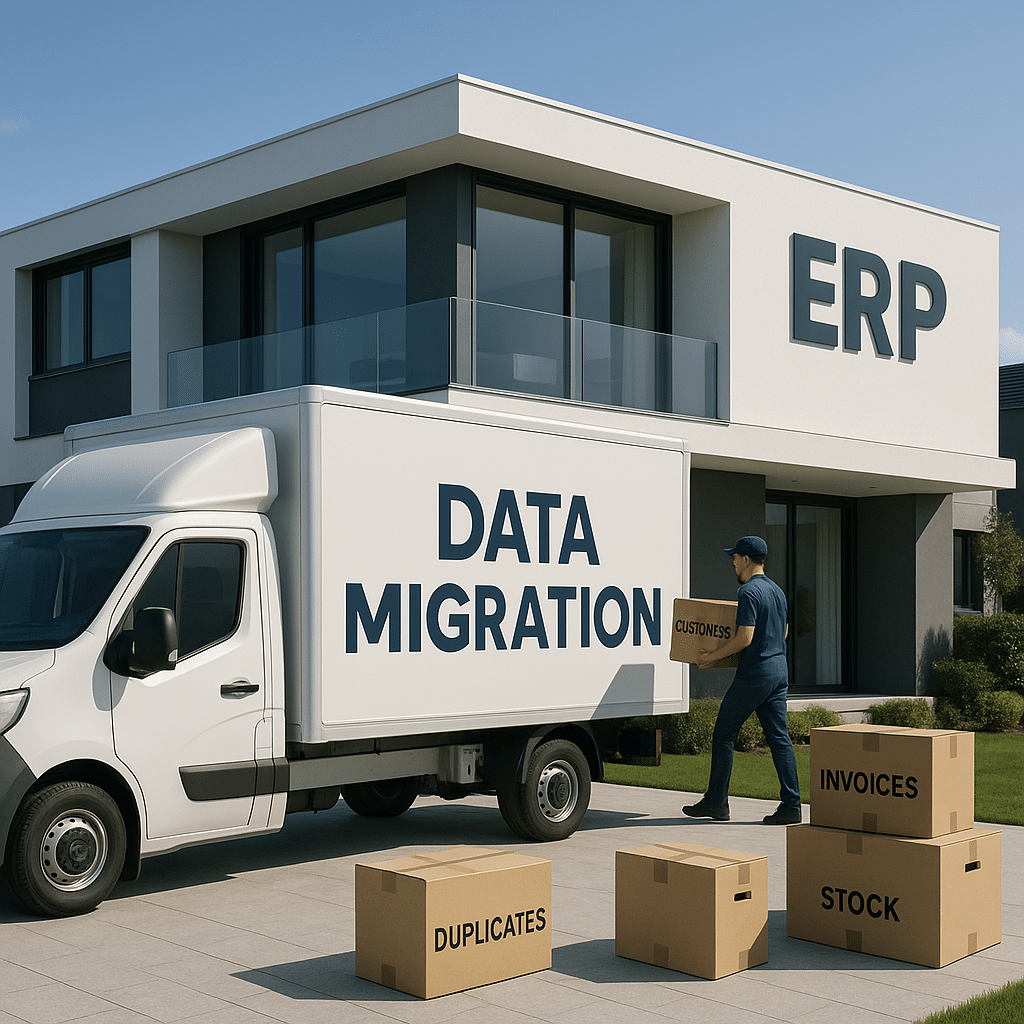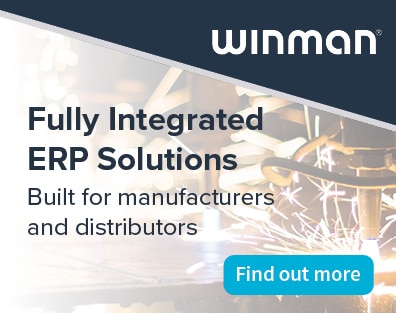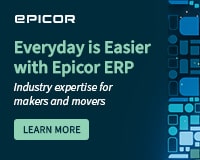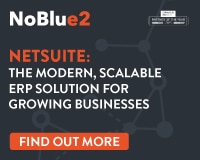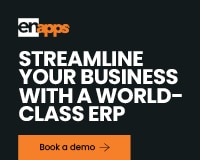This week’s guest blog is from one of our itSHOWCASE exhibitors, Enapps.
For most SME ERP buyers, system selection revolves around features, workflows, pricing etc. But there’s one hidden trap that catches nearly everyone off guard: data migration. It’s rarely discussed in detail during the sales process, yet it’s one of the most critical and risky parts of the entire ERP journey.
Done well, data migration is the difference between make or break and sets the foundation for clean reporting, reliable processes, and user trust. Done badly, it delays go-live, causes chaos, and erodes confidence before the system is even fully live.
Two ways to migrate – and only one you’ll want
ERP data migration is typically tackled in one of two ways:
1. Customer-led (template-based):
In this method, the ERP provider supplies a set of predefined spreadsheet templates: one for customers, one for products, one for transactions, and so on. The customer is then responsible for gathering, cleaning, and formatting their legacy data to fit these templates. Sometimes they upload it themselves; sometimes the provider takes the completed files and imports them.
While this approach may seem straightforward, it can quickly unravel. Data fields don’t align, formats vary, historic records contain inconsistencies, and suddenly someone on your team is deep in a four-tab Excel sheet wondering why 2013 customer records have no contact names. The burden lands squarely on the customer – right when they should be focused on business readiness and training.
2. Provider-led (managed service using ETL):
A more sophisticated approach involves the provider handling the migration through a managed service using ETL (Extract, Transform, Load). This isn’t a fancy way of doing imports, it’s an engineered process. The provider connects directly to your legacy systems, maps the old data structures to the new ERP, and builds a repeatable data pipeline that can be executed multiple times.
Here’s what that typically involves:
- First run: A full extract is pulled and loaded into a staging environment. This reveals any structural gaps, format issues, and missing data.
- Refinement: The transformation logic is fine-tuned. Field mappings are adjusted, date formats standardised, categories reclassified, and if needed – deduplication routines are built in to clean up master data.
- Simulation: A full go-live rehearsal is conducted using real data. Users validate it in a near-live environment, giving confidence that everything is correct.
- Replay = GO LIVE: On go live weekend, the same script is re-executed – this time pulling the latest data with predictable and reliable results.
Think of it like a professional moving service. Instead of packing boxes yourself and hoping the fragile items survive, you let experts do the heavy lifting. You focus on where to position the plants, not how to bubble-wrap them.
Why method 2 wins (every time)
Managed migration significantly reduces:
- Stress: The customer doesn’t become a part-time data engineer.
- Risk: Validation is built into the process, and errors are caught in staging – well before go-live.
- Time wastage: No duplicate data wrangling or endless versioning of spreadsheets.
- Scope creep: The structure and mappings are agreed and automated, so there’s less room for misinterpretation.
It also puts the responsibility with the people who best understand the ERP’s data model – your implementation partner.
What to ask before you sign anything
Many ERP buyers don’t think to ask about data migration until it’s too late. A few simple questions upfront can avoid weeks of frustration later:
- Will migration be handled as a managed service or via templates?
- Are you expected to prepare the data yourself?
- Will there be a test run before go-live?
- Is historical data included and how far back?
- What happens if data is incomplete or inconsistent?
Final thought
Data migration is often treated like a small footnote in the ERP process, but it’s anything but minor. It’s the bridge between your past and your future system. Make sure it’s not built on shaky ground.
Looking for a new ERP system? Let us do the hard work for you – register today and we’ll match you to the best suited providers for your business, and set you up with one-to-one meetings… https://itshowcase.co.uk/
